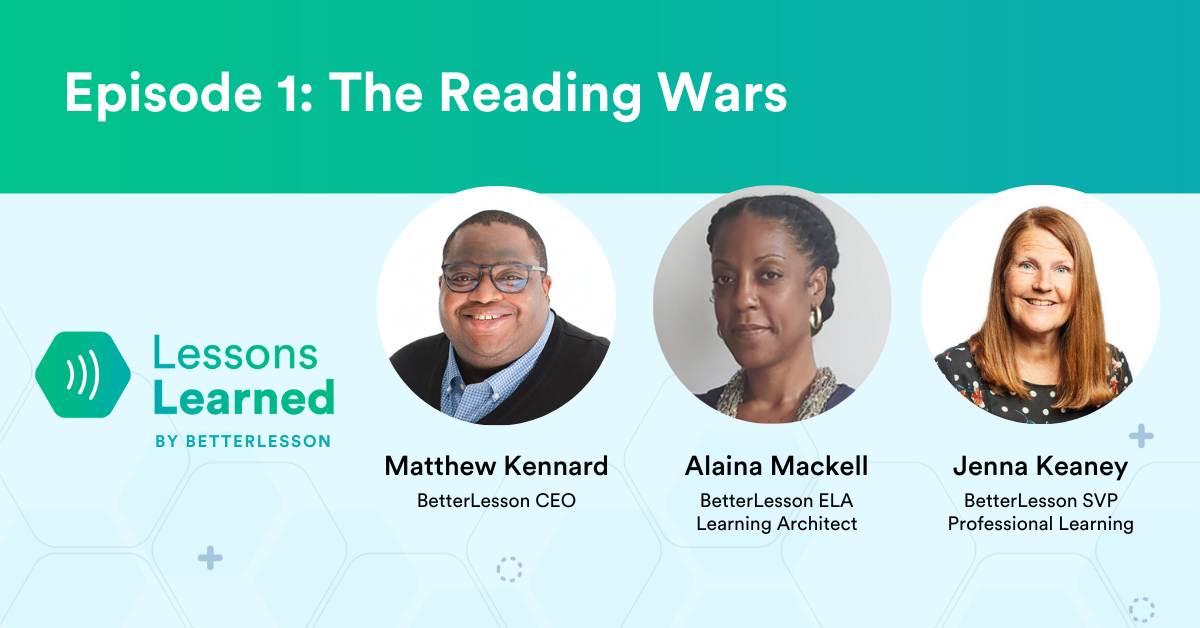This sounds familiar…
That was the thought running through my head as I read a sentence in Laura’s* essay on To Kill a Mockingbird. Like, really familiar. Then I remembered that I’d read that exact same sentence in Megan’s* essay. I Googled the sentence to further investigate. As it turns out, the sentence had been taken word-for-word from SparkNotes. I felt a mixture of emotions. One was frustration. Did they really think that as an English teacher, I didn’t know about SparkNotes? Or Google? I also felt sad. Both of these students were talented writers and had a unique and powerful voice. Why did they feel they had to resort to plagiarism? Finally, I felt guilty. Perhaps I wasn’t giving them effective feedback on their writing, and they felt this was their only way to get an A. But none of these thoughts would solve anything.
To address the issue of plagiarism, I had to approach it from the mindset of the students. In other words, I had to use empathy. What compels students to plagiarize in the first place? Of course, it could be sheer laziness. Or procrastination, but students who cheat don’t necessarily fit this profile in every situation. If you encounter this challenge in your classroom, here are four strategies that I tried and recommend.
Four Strategies for Responding to Plagiarism
1. Have an open dialogue with your students
When discussing plagiarism with students, tone is everything.
If I were to harshly admonish my class, telling them how disappointed I was with them, they would immediately get defensive or shut me out. After all, these are teenagers we’re talking about. But if I approach the subject from a tone of curiosity, they become receptive to what I have to say. So when I had “the talk” with my class, I started by posing a question. I asked them, “Why do people plagiarize?” (I was careful to use the third person so they didn’t think I was specifically referring to anyone in the room).
Immediately they perked up. Students are not used to being asked for their opinion on controversial topics. They are used to being told what to do or at least heavily guided on how to think.
Of course, as soon as they heard the word “plagiarism,” I could see some nervous glances around the room. But once they recognized that I was not accusing them but genuinely wanted to hear their thoughts, they loosened up and got honest with me.
I learned that often, students feel that their writing isn’t good enough. Or that they don’t understand whatever readings they were supposed to be analyzing.
First, I acknowledged their sentiments. Then I explained that I’m not looking for Pulitzer Prize winning writing. That I’m interested in what they have to say.
I also explained that our class discussions will help them to better understand the readings, and that they can always pose their questions to me or the rest of the class. Finally, I told them that understanding a text takes patience. Even I, an English teacher, does not always get a poem on the first reading!
Next, I shared an article with the students about famous examples of plagiarism including Martin Luther King Jr., Jane Goodall, and Helen Keller. The article shows students that they are not alone, but at the same time, these famous individuals were unnecessarily jeopardizing their reputation. Nobody would have minded if Jane Goodall’s book contained a clunky phrase or two, but by directly copying entire passages without acknowledging her sources, she was hurting her credibility.
I explained that in college, you could fail a class or even get expelled from the college for cheating. It’s just not worth it!
This open dialogue helped students realize that plagiarism isn’t a taboo subject and that they could discuss it with me anytime if they ever felt uncertain.
2. Take away opportunities for plagiarism
Some people may argue that this is avoiding the issue rather than addressing it. However, the solution I speak of—namely, in-class writing—has other benefits as well.
Often in life, you must come up with ideas on-the-spot—sales reports, emails, pitches at meetings. Now, I understand most students hate in-class essays (except those students who hate homework more).
I get it. I was the same way.
But I always tell them that the classroom is a safe setting where they can practice these skills they will need for more high-pressure situations like standardized tests, college exams, and the workplace. It’s a good way for them to find that balance between putting forth their best effort while also avoiding perfectionistic tendencies.
For these types of assignments, I’m not looking for every comma to be in the right place. I just want them to be able to express their ideas clearly and succinctly.
Plus, I realize that at home, in addition to getting assistance from Google, my students could also be getting help from tutors, siblings, and parents. This gives them an unfair advantage over those who don’t have that kind of support. In-class writing, then, levels the playing field.
Of course, homework still has its place. In-class writing, though, provides a nice supplement to homework.
3. Move away from the standard 5-paragraph analysis essay
Yes, analytical essays do have their place in an English class. And I think the 5-paragraph model is a good one because it gives students a template to help them better organize their ideas.
But it doesn’t have to be the be-all and end-all. After all, the format can get a little stale. Also, these types of assignment tend to lend themselves more easily to plagiarism than other writing assignments.
That’s why I like to mix it up a bit by having students do reading journals in-between assigned essays. The reading journals focus more on students’ impressions and connections to the text than analysis.
For these journals, I encourage the students to explore questions such as: How does the author build suspense and excitement? What seems stronger: your character or his/her circumstances? What do you think has made your book memorable for so many people?
Students also choose three quotes that resonated with them and explain why. I gave them a template they could follow if they liked: “This quote connects with me because _____.”
For the journals, students also write an Outside Connection. This could be either another book, movie, current event, or personal experience that they thought of while reading the book. I always enjoy reading the various ways in which students relate to the books and also appreciate the genuineness in their responses.
One benefit of journals is that responding to the books in this way is less intimidating than analysis. Additionally, when there’s so much focus on themes and symbolism, students start to think that’s all literature is about and that it’s completely removed from their daily lives. Doing the journals helps students to see that these works are as relevant as ever.
Most importantly though, the journals get students actively engaged with the readings. SparkNotes (and Google summaries) aren’t going away. However, if you can get students emotionally involved in the books, they will want to do the readings and to share their original opinions.
4. Give students more ownership over assignments
When students have enhanced choice, they’re more likely to feel invested in the assignment and not cut corners.
Typically, I have an end-of-the-year creative project where students can choose between a variety of options such as writing a poetry collection, a short story, or a children’s book.
But when I decided to do a class project in conjunction with the class dialogue on plagiarism, it wasn’t the end of the year. Also, I wanted to make sure it was clear to my class that creativity and choice play a role even in assignments that aren’t typically considered creative.
So I made a proposal to my class. I told them they could write on any topic they liked, and I even left the format pretty open-ended. They could do a presentation to the class, an illustrated booklet, a poster-board with graphics, or some sort of combination of these.
Basically, I was assigning a presentation, something students ordinarily dread. But because I left out all the rigid requirements that students find so excruciating and gave them so much freedom, they dove into the project with unbridled enthusiasm.
I did use a rubric, but rather than length or formatting requirements, it mostly assessed the assignments on subjective qualities such as creativity, effort, and attention to detail. I was a bit worried that with the lack of formal requirements, students wouldn’t take the project seriously.
But I was wrong.
I was blown away by the level of quality and thoughtfulness in each assignment. Everyone, even those students who typically perform poorly on standard essays, did an incredible job. It was fun grading the assignments because of the variety in topics: famous female snipers in history, the link between Judaism and astrology, the power of women’s intuition, a pro/con comparison of exercising outdoors versus indoors. As the girls presented, there was a palpable excitement in the room.
Just as I feel that reading journals should not completely replace 5-paragraph essays, in the same way, I don’t think open-ended projects should be substituted for more formal presentations in every situation.
However, I do think it’s important for students to feel that they have choice and to approach their assignments with excitement rather than dread. Additionally, just as chain poems can be a fun and relaxing way to introduce students to poetry before teaching the more challenging forms such as sonnets, I do think that it’s important to help students develop a confidence in their voice through more open-ended assignments before having them write 5-paragraph analytical essays. If I had to do it over again, I would first do these projects at the beginning of the year.
The Takeaway
With the prevalence of online information about books, we can’t eliminate plagiarism altogether. However, we can address the root cause by working with students to develop more confidence in their abilities, ownership over what they produce, and joy in the writing process. As English teachers, shouldn’t that be our goal anyway?
* names changed to protect student privacy







